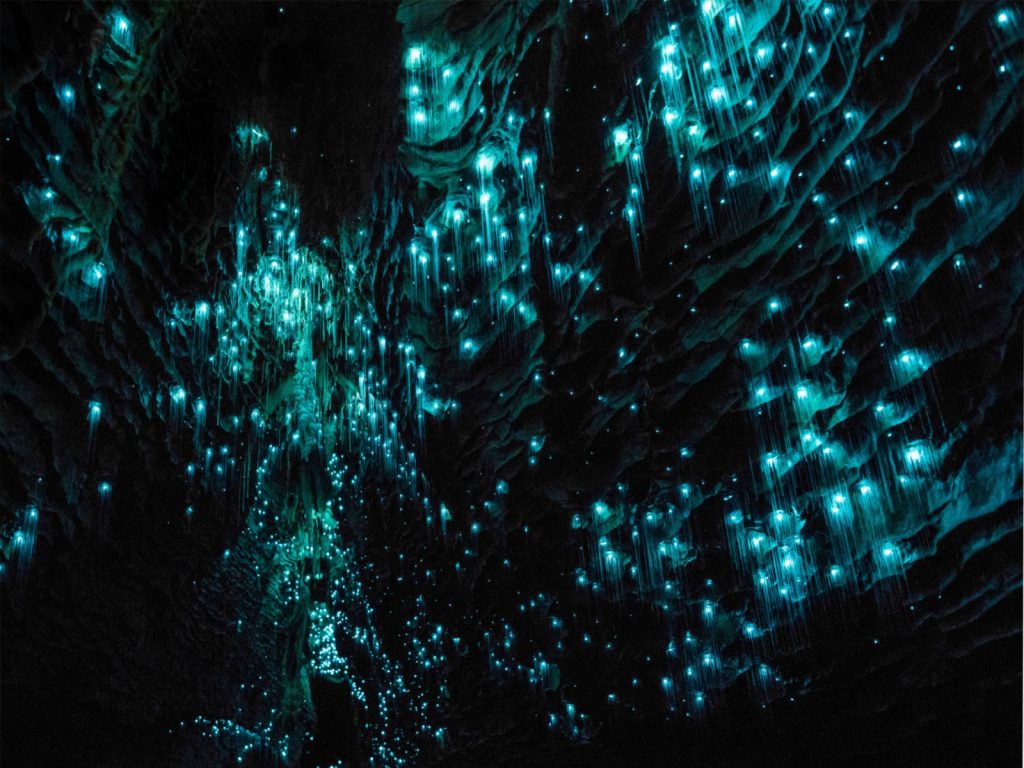Nature has a knack for surprising us with its incredible diversity of life forms. Among the most fascinating are predators, animals that hunt and eat other creatures. While lions and sharks might come to mind first, the animal kingdom is full of bizarre and unexpected hunters. From microscopic assassins to plants that trap insects, these weird predators use unique strategies to catch their prey. Lions, tigers, raptors – they’re each incredible in their own way, but I thought it’d be fun to look at some of nature’s weirder predatory marvels.
Tardigrades

Tardigrades, also known as water bears, are tiny creatures famous for surviving extreme conditions. What’s less known is that some species are vicious predators. These microscopic animals use a tube-like mouth to pierce their prey and suck out its insides. They hunt other tiny creatures like rotifers and even cannibalize smaller tardigrades.
Assassin Bugs
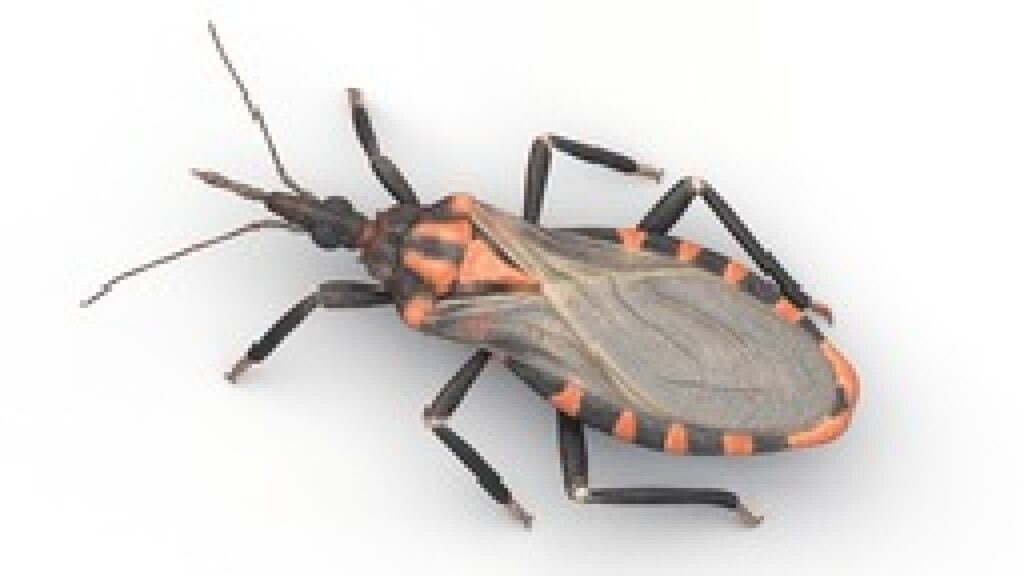
Assassin bugs are insects with a gruesome hunting technique. They inject their prey with a powerful enzyme that liquefies the victim’s insides. The bug then sucks out the liquid meal through its straw-like mouth. Some assassin bug species even disguise themselves with the corpses of their victims to sneak up on new prey.
Giant Isopods
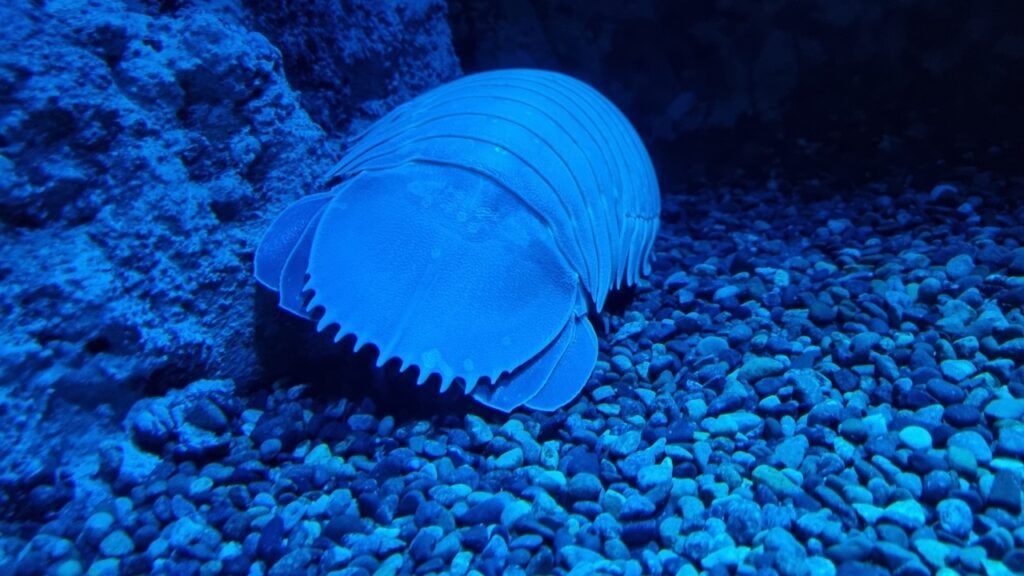
These deep-sea creatures look like enormous pillbugs, growing up to 16 inches long. Giant isopods are scavengers but also active predators. They use their strong jaws to crack open the shells of animals like slow-moving fish and squid. Their ability to go without food for years makes them particularly weird predators.
Portia Spiders
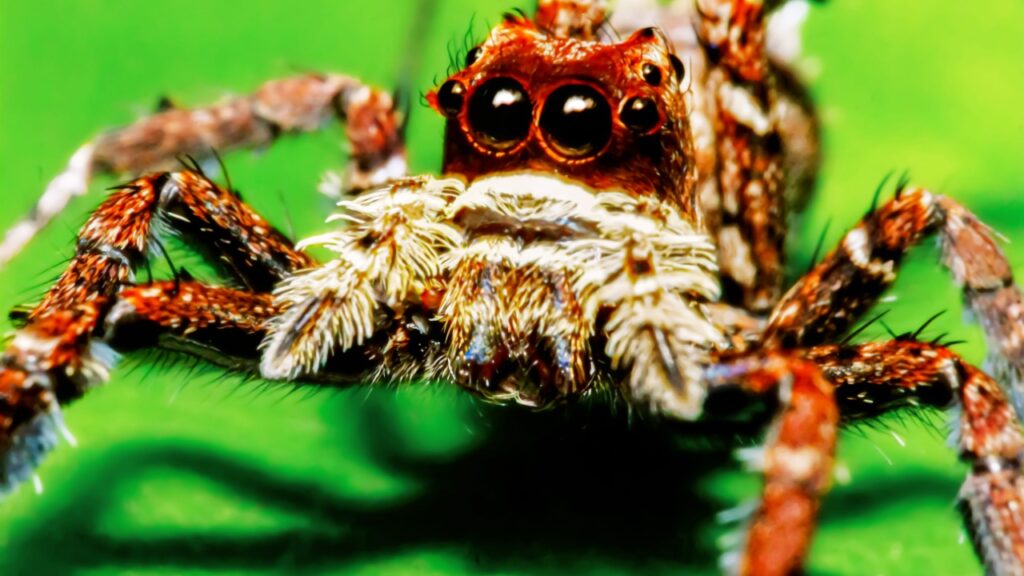
Portia spiders are small but incredibly smart hunters. They specialize in eating other spiders, even those much larger than themselves. These clever arachnids can learn and adapt their hunting strategies. They mimic the vibrations of prey or mates to lure their victims, showing a level of planning rare in the spider world.
Venus Flytraps
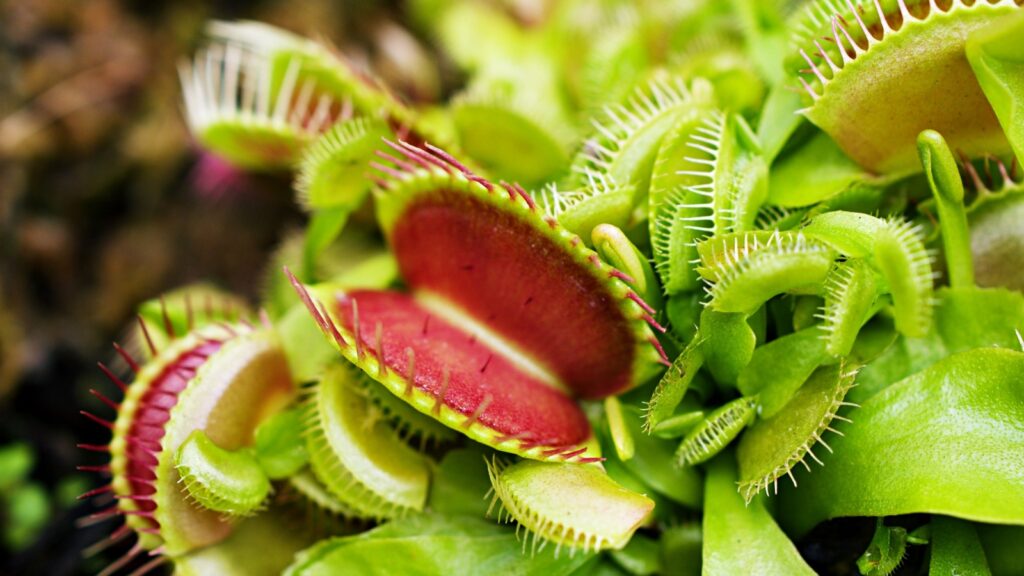
These carnivorous plants are among the few plants that actively hunt animals. Venus flytraps use sensitive trigger hairs in their “mouths” to detect prey. When an insect touches these hairs twice, the trap snaps shut in less than a second. The plant then digests its catch over several days.
Bobbit Worms
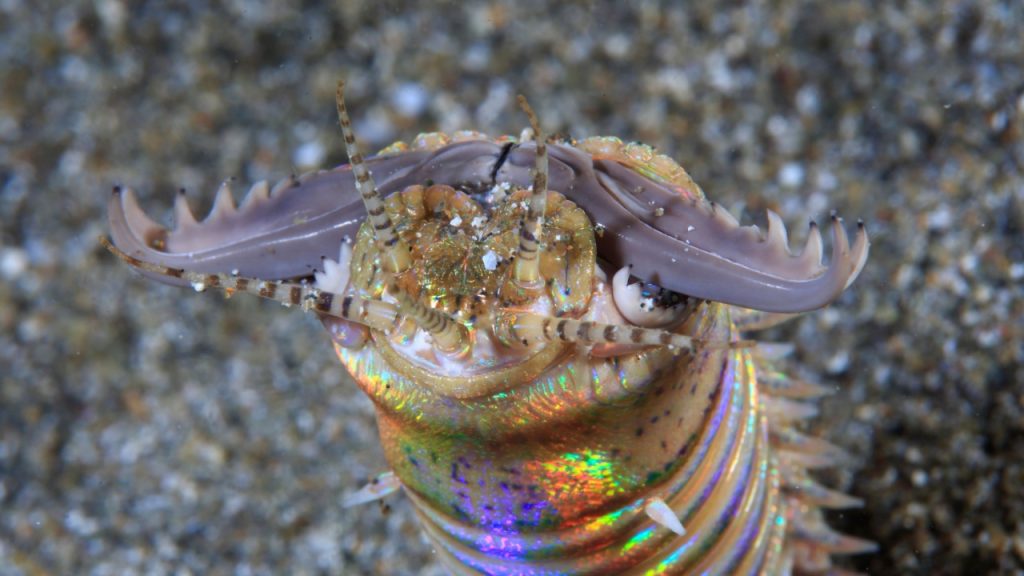
Bobbit worms are marine predators that can grow up to 10 feet long. They bury most of their body in the ocean floor, leaving only their powerful jaws exposed. When prey swims by, the worm lunges out with lightning speed, dragging its victim into the sand. Their strong jaws can slice fish in half.
Tongue-Eating Louse
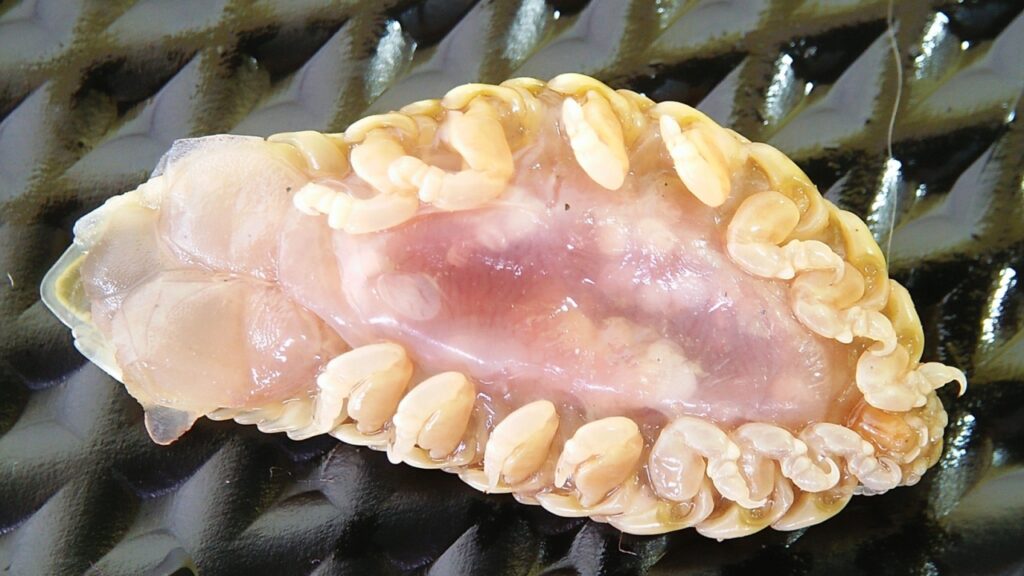
This parasitic crustacean has one of the weirdest lifestyles in nature. It enters a fish’s body through the gills and attaches to the tongue. The parasite then replaces the fish’s tongue by attaching itself to the remaining stub. It spends its life feeding on the fish’s blood and mucus.
Pistol Shrimp

Pistol shrimp have one oversized claw that they use like a gun. They can snap this claw shut so fast it creates a bubble that collapses with a loud bang and a flash of light. This sonic blast stuns or kills small fish and crabs, which the shrimp then eats.
Glow Worms
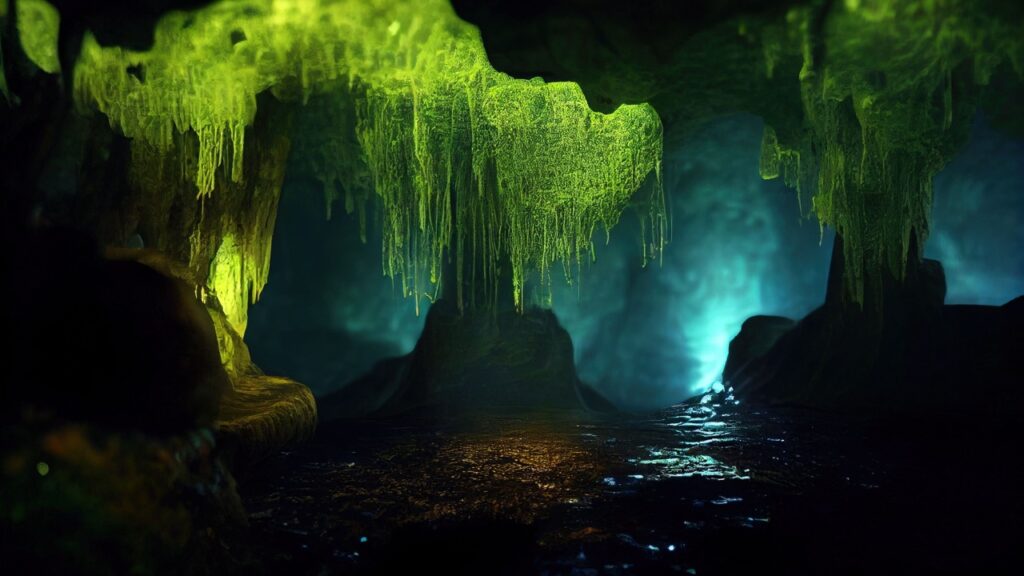
Glow worms are actually the larvae of fungus gnats. They create long, sticky threads that hang from cave ceilings. The worms then use their bioluminescent light to attract flying insects, which get trapped in the sticky threads. It’s like fishing with light, but in a cave!
Archer Fish

Archer fish have evolved a unique hunting method. They shoot down insects above the water by spitting a powerful jet of water from their mouths. These fish can accurately hit targets up to 5 feet away. They even account for light refraction when aiming at their aerial prey.
Cone Snails
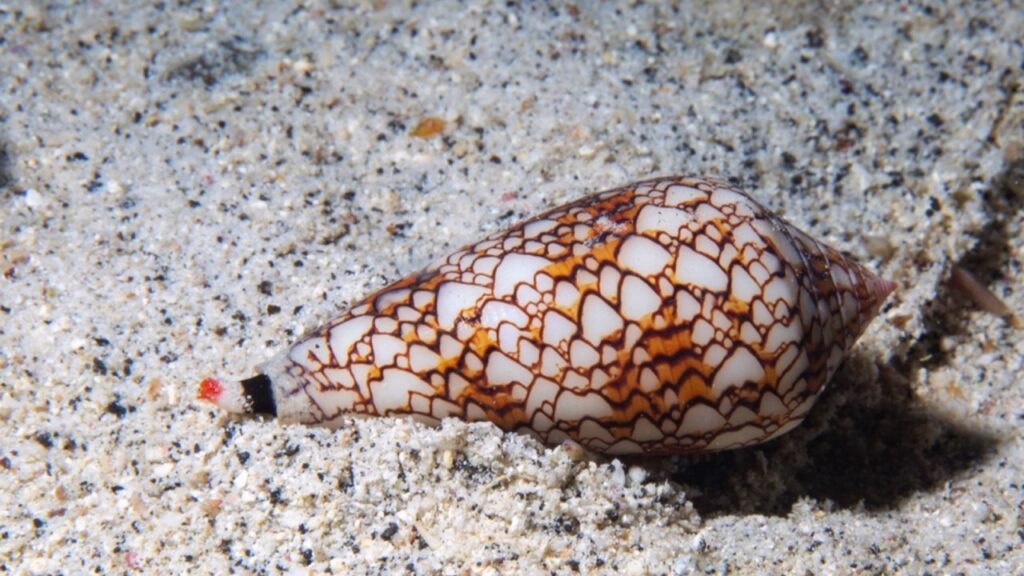
These beautiful sea snails are among the most venomous creatures on Earth. They hunt fish using a harpoon-like tooth attached to a venom gland. When a fish swims by, the snail launches its venomous harpoon, quickly paralyzing its prey. Some cone snail venoms are strong enough to kill humans.
Electric Eels
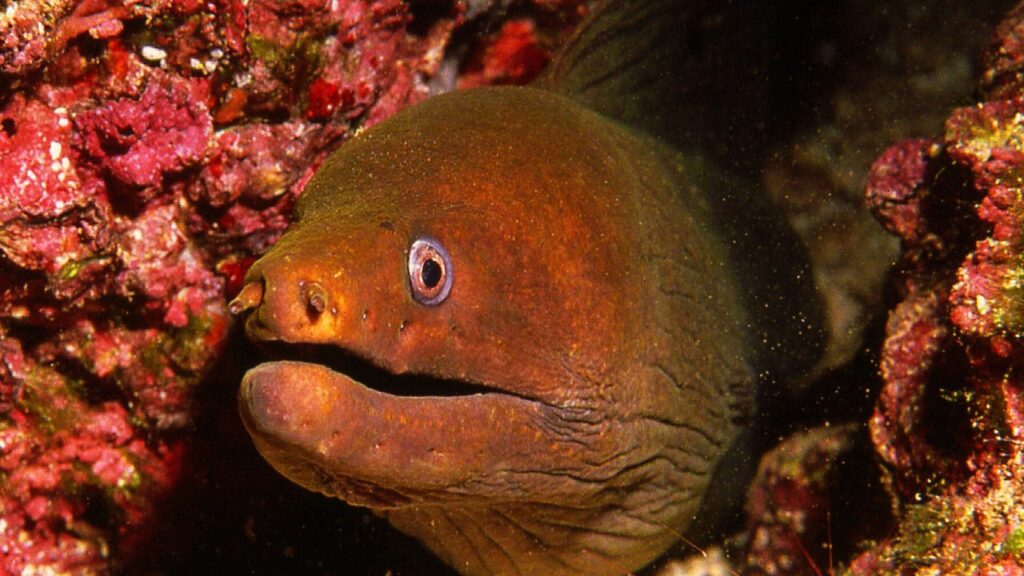
Electric eels use electricity both to navigate and to hunt. They can generate electric shocks of up to 860 volts to stun their prey. These eels use their electricity like a radar to find hidden prey in murky water. They can even use a clever trick to make hiding fish twitch, revealing their location.
Remora Fish
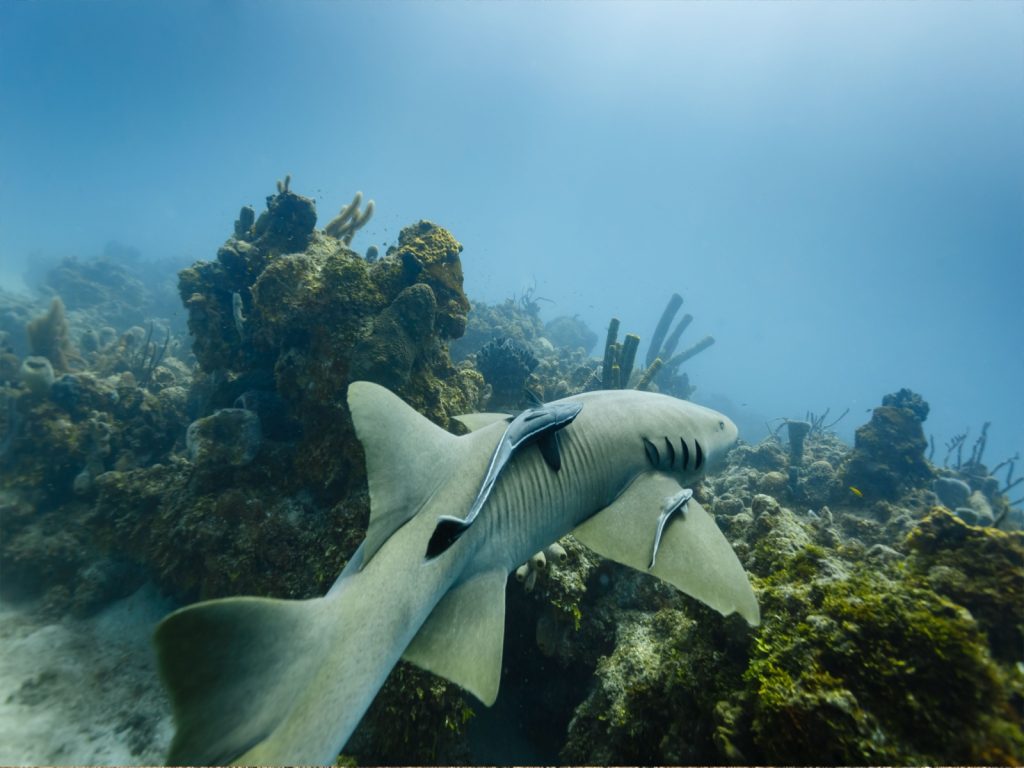
Remoras have a unique disc on top of their heads that they use to attach to larger marine animals like sharks or whales. While not direct predators, they eat parasites off their hosts and snatch bits of their meals. This symbiotic relationship is a weird form of passive hunting.
Wormlions
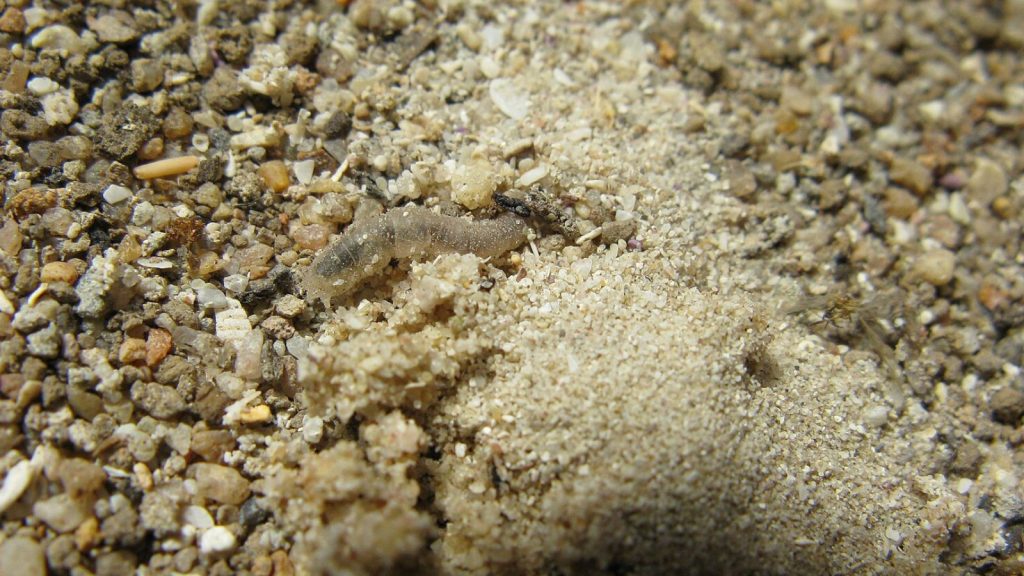
Wormlions are the larvae of a fly that hunts like an ant lion. They dig funnel-shaped pits in sandy soil and wait at the bottom. When an ant or other small insect falls in, the wormlion grabs it with its powerful jaws. It’s a patient predator that lets its prey come to it.
Platypus
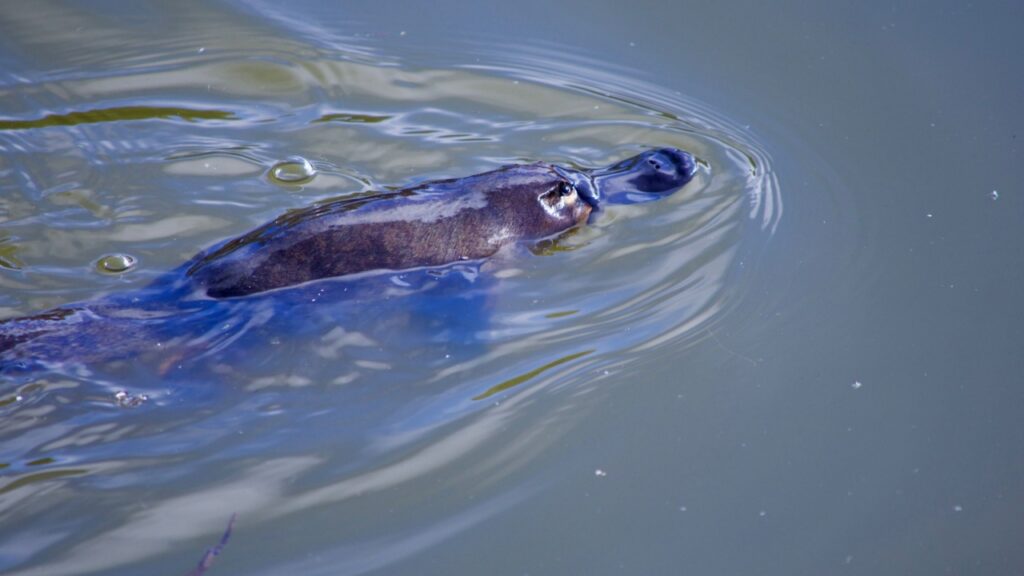
The platypus is weird in many ways, including how it hunts. It uses electroreception to detect the electrical signals produced by its prey’s muscles. With its eyes, ears, and nose closed underwater, the platypus relies on this sixth sense to find small aquatic animals. It stores its catches in cheek pouches until it surfaces to eat.

